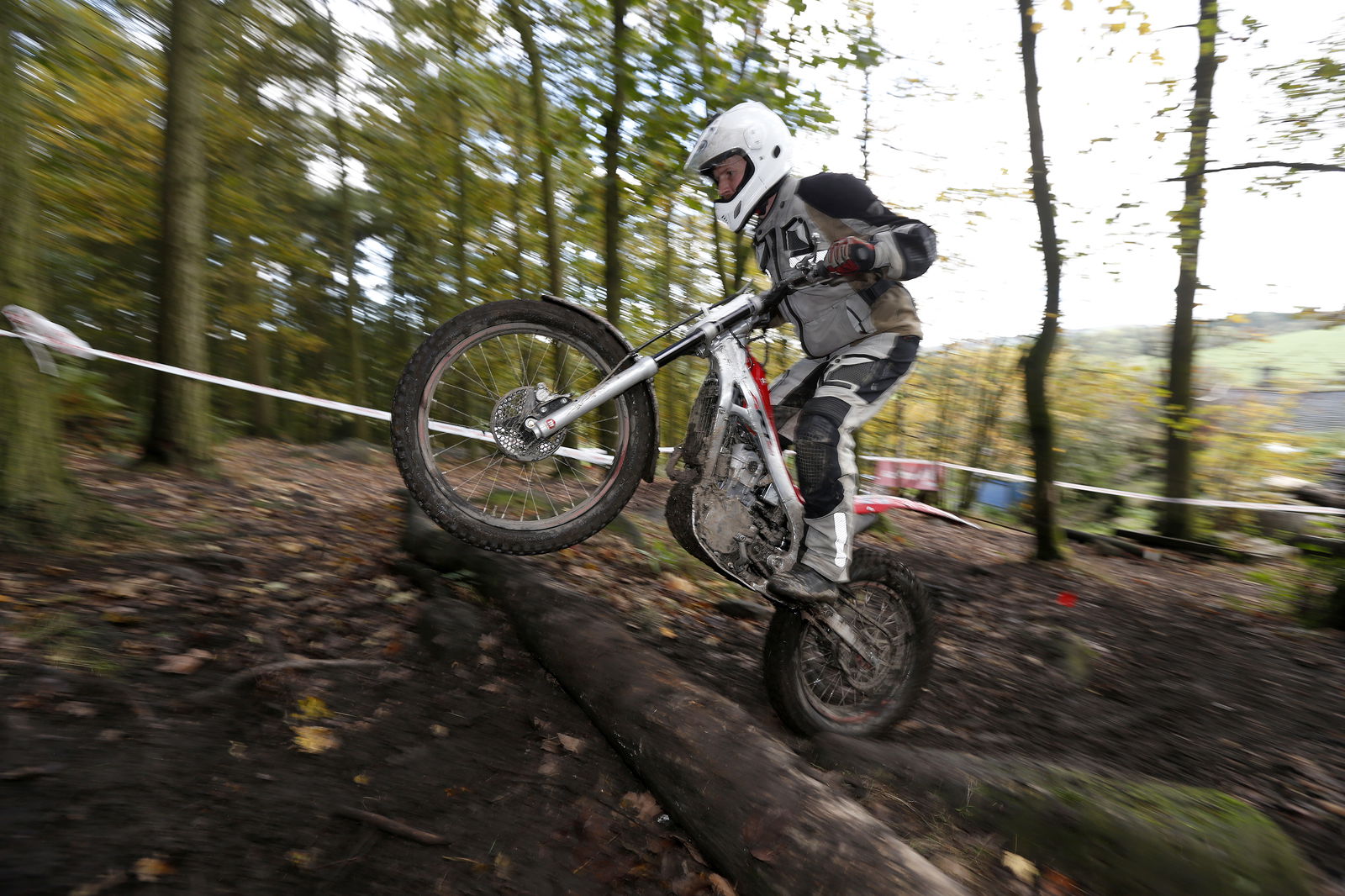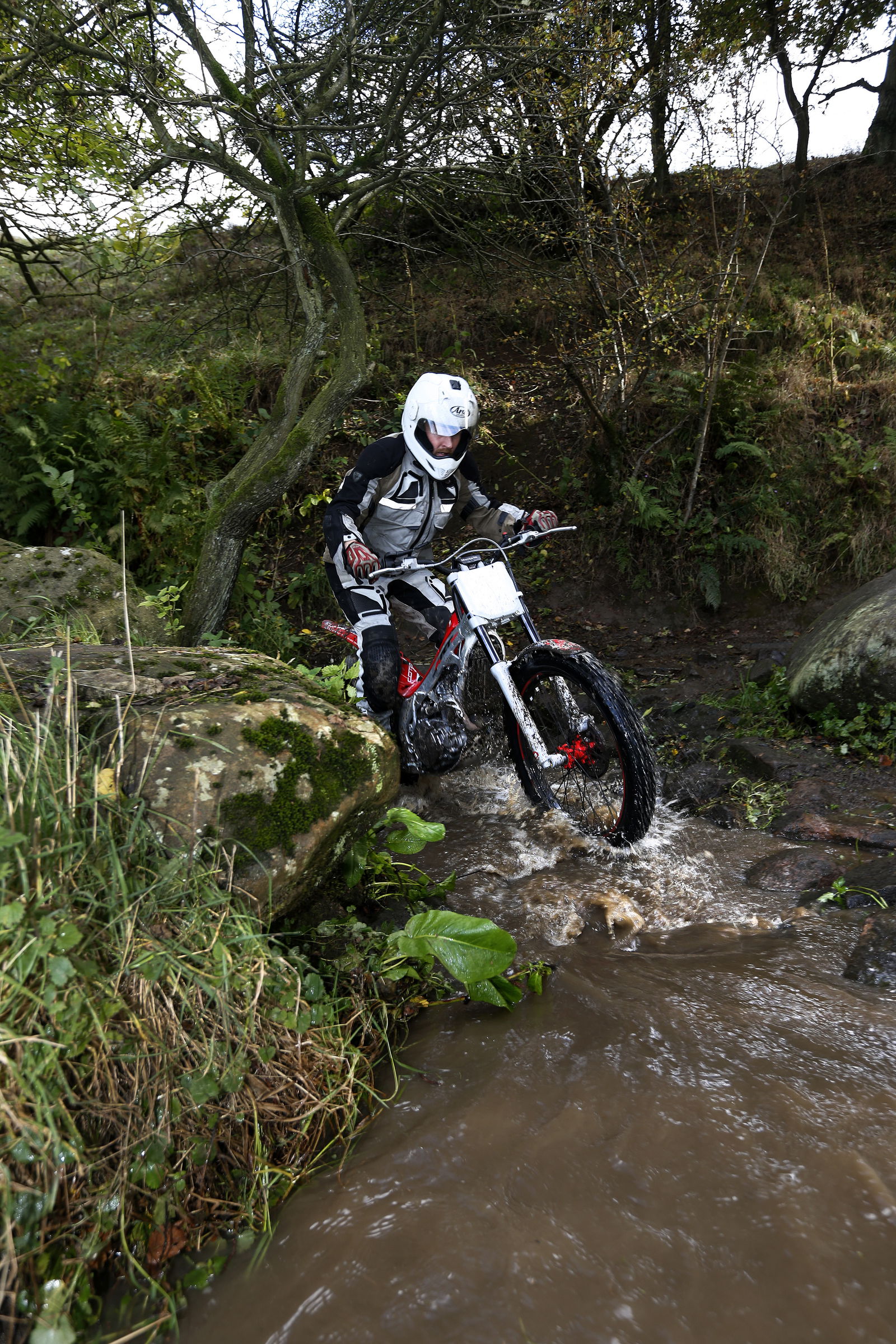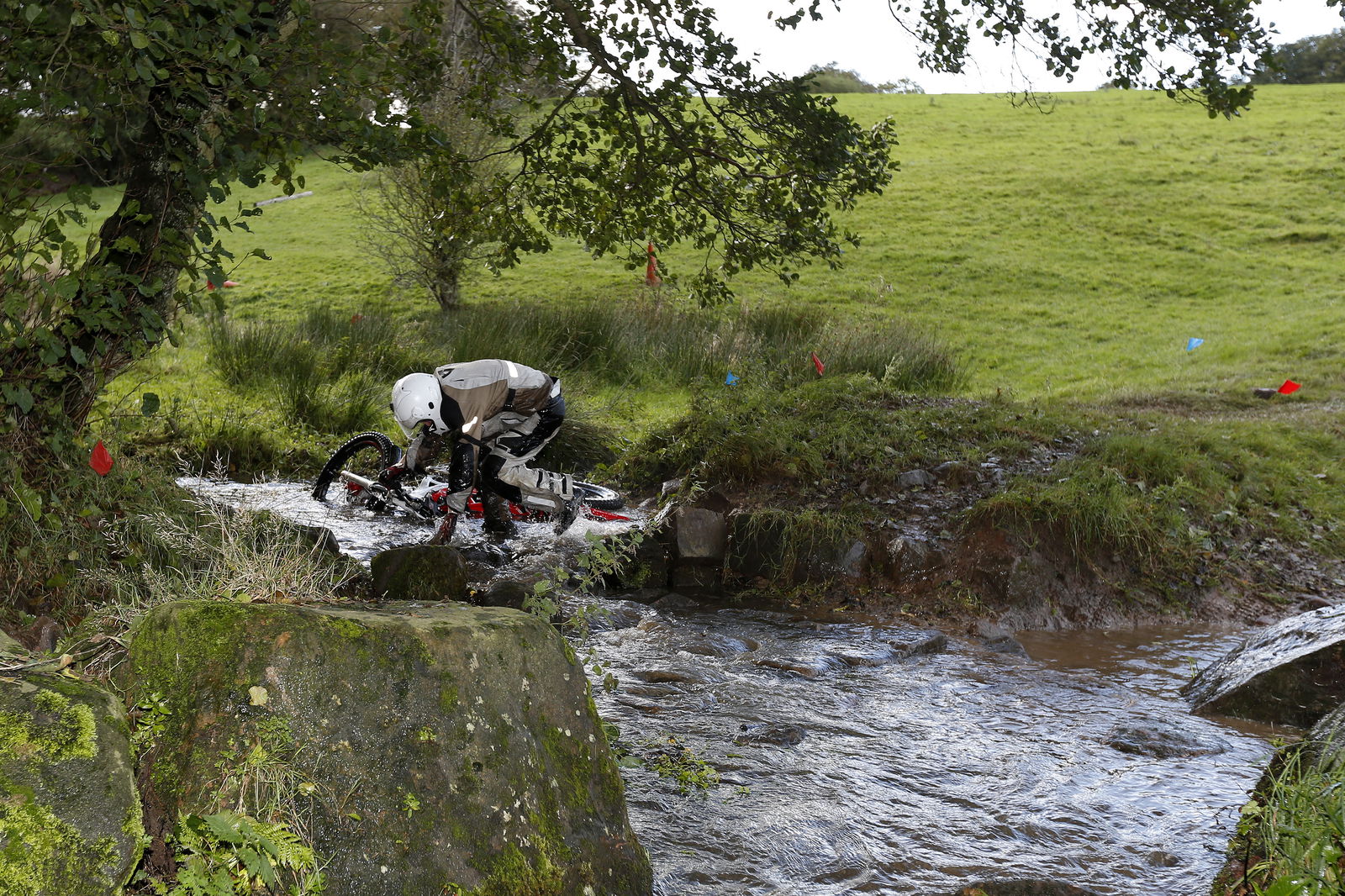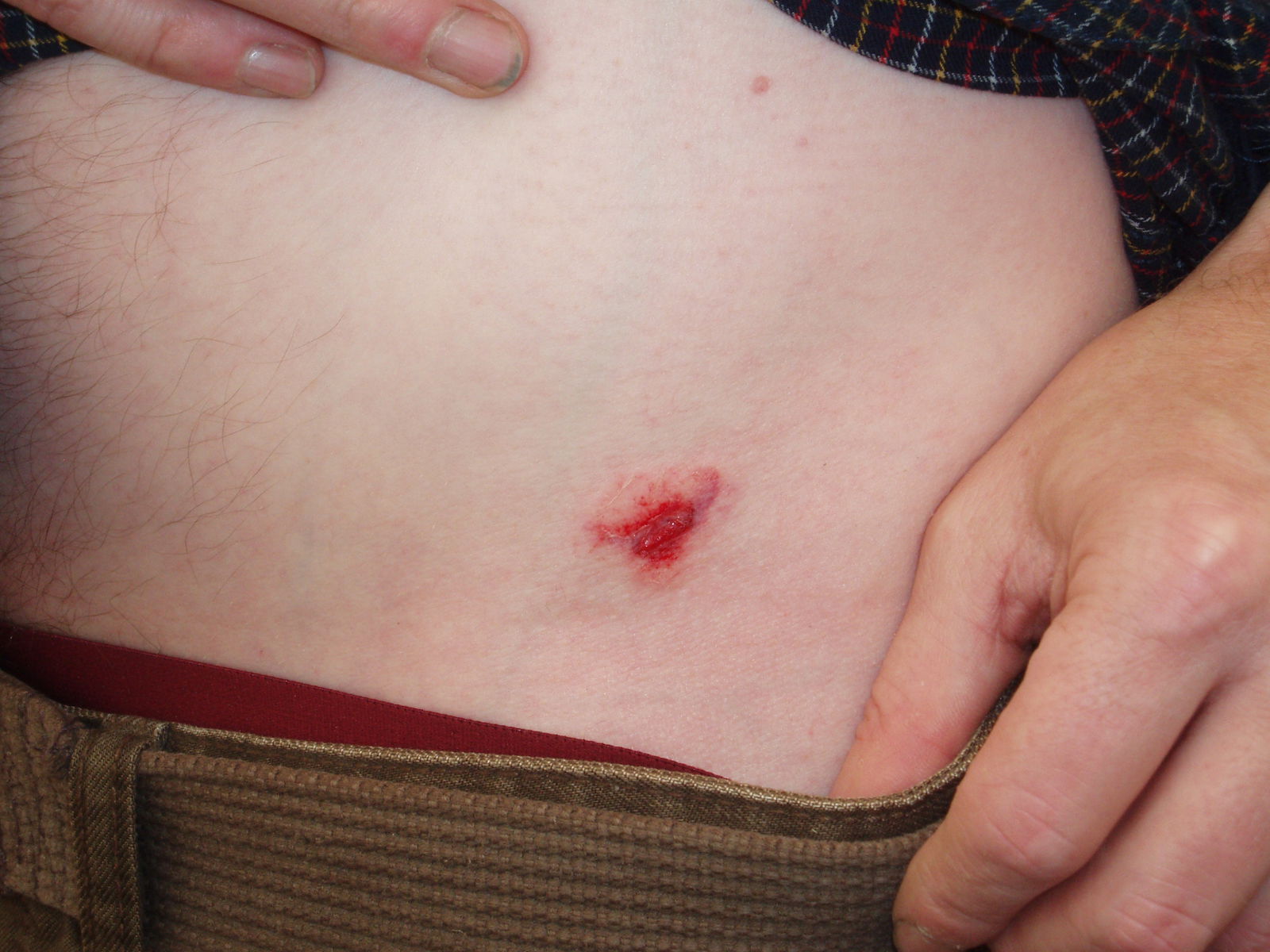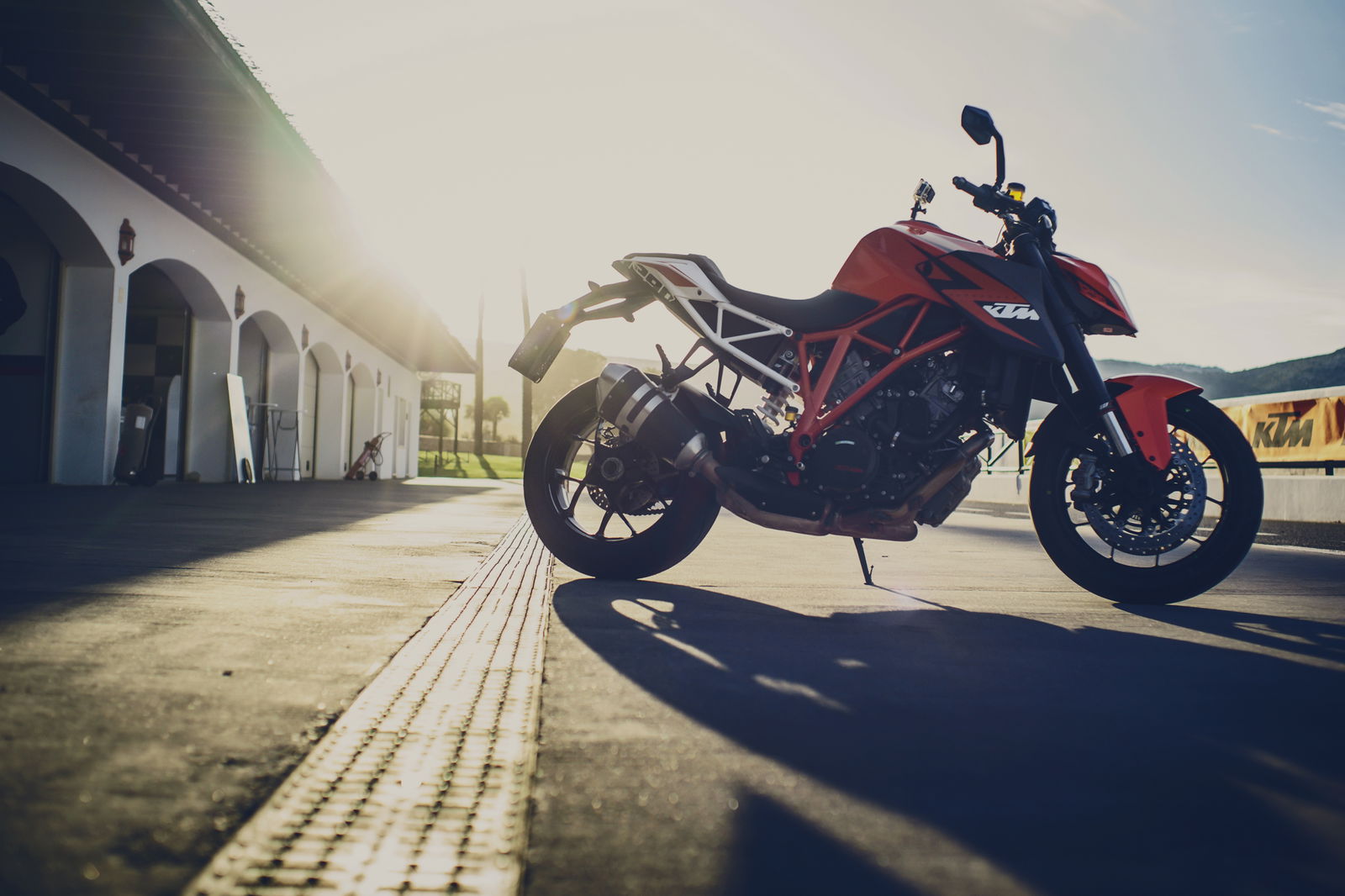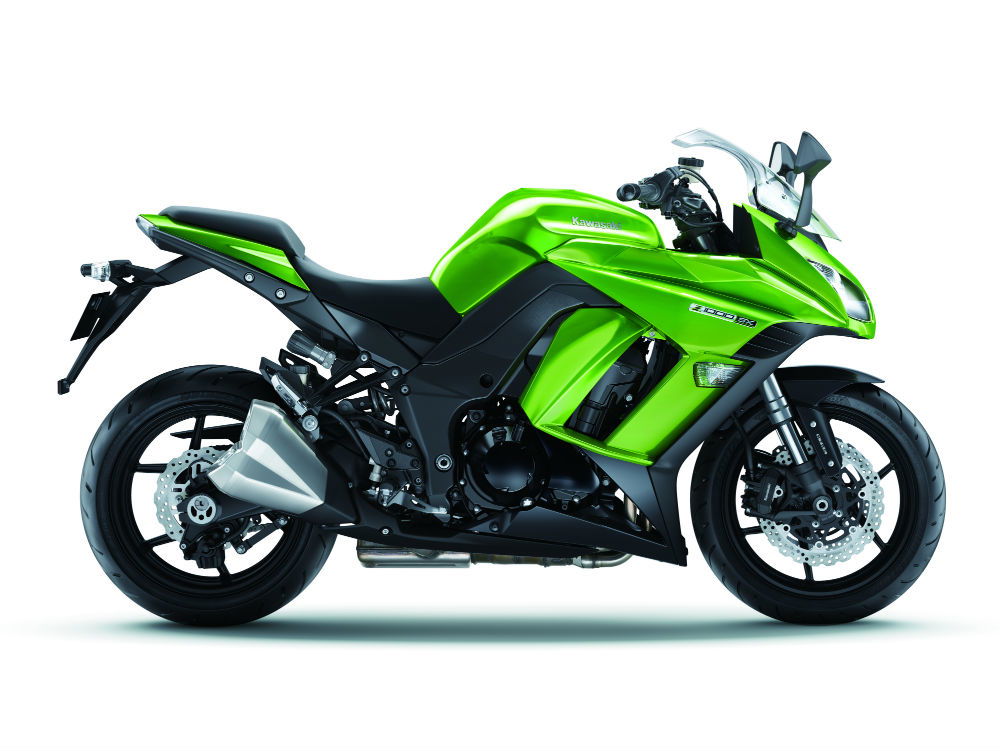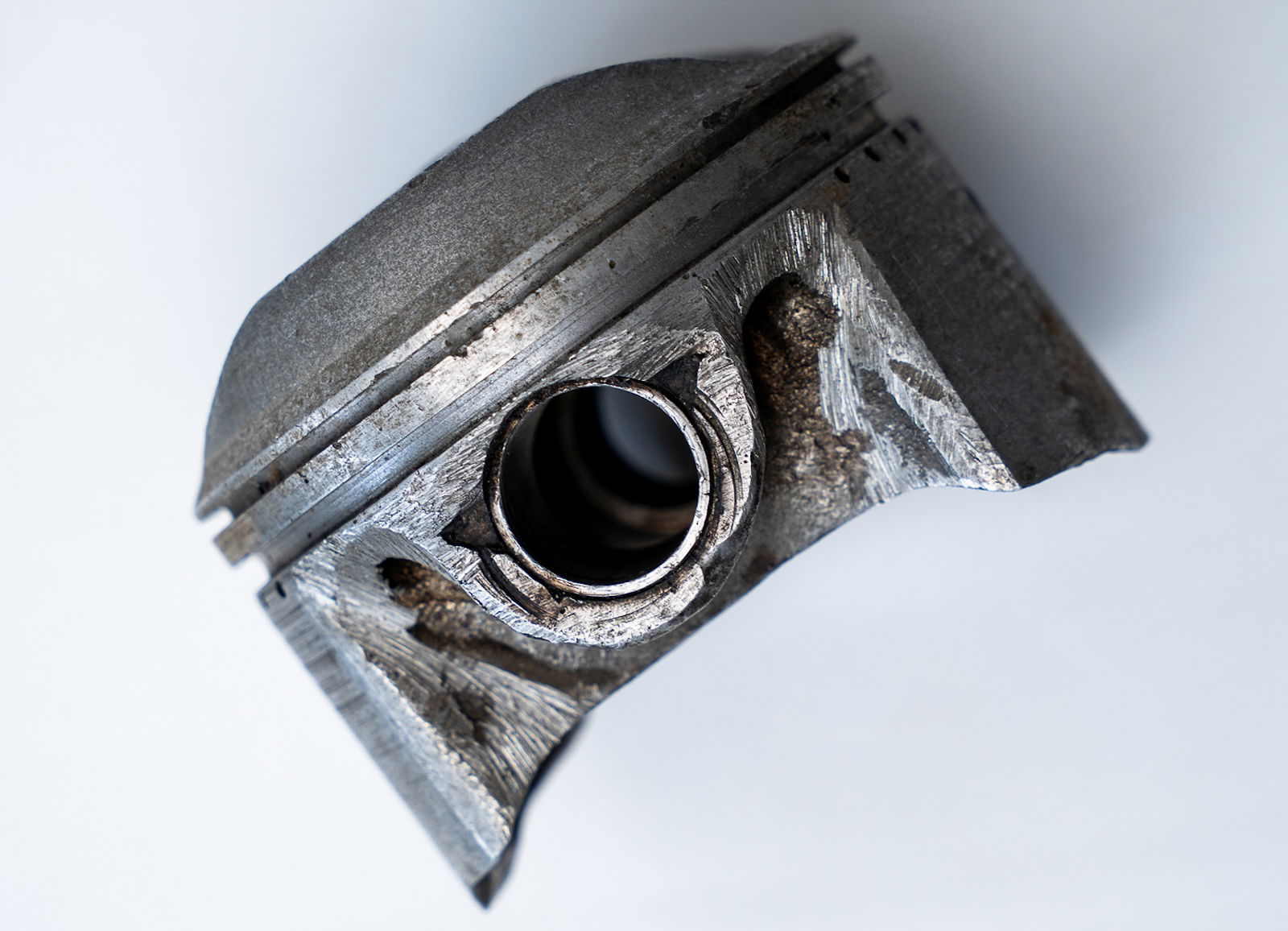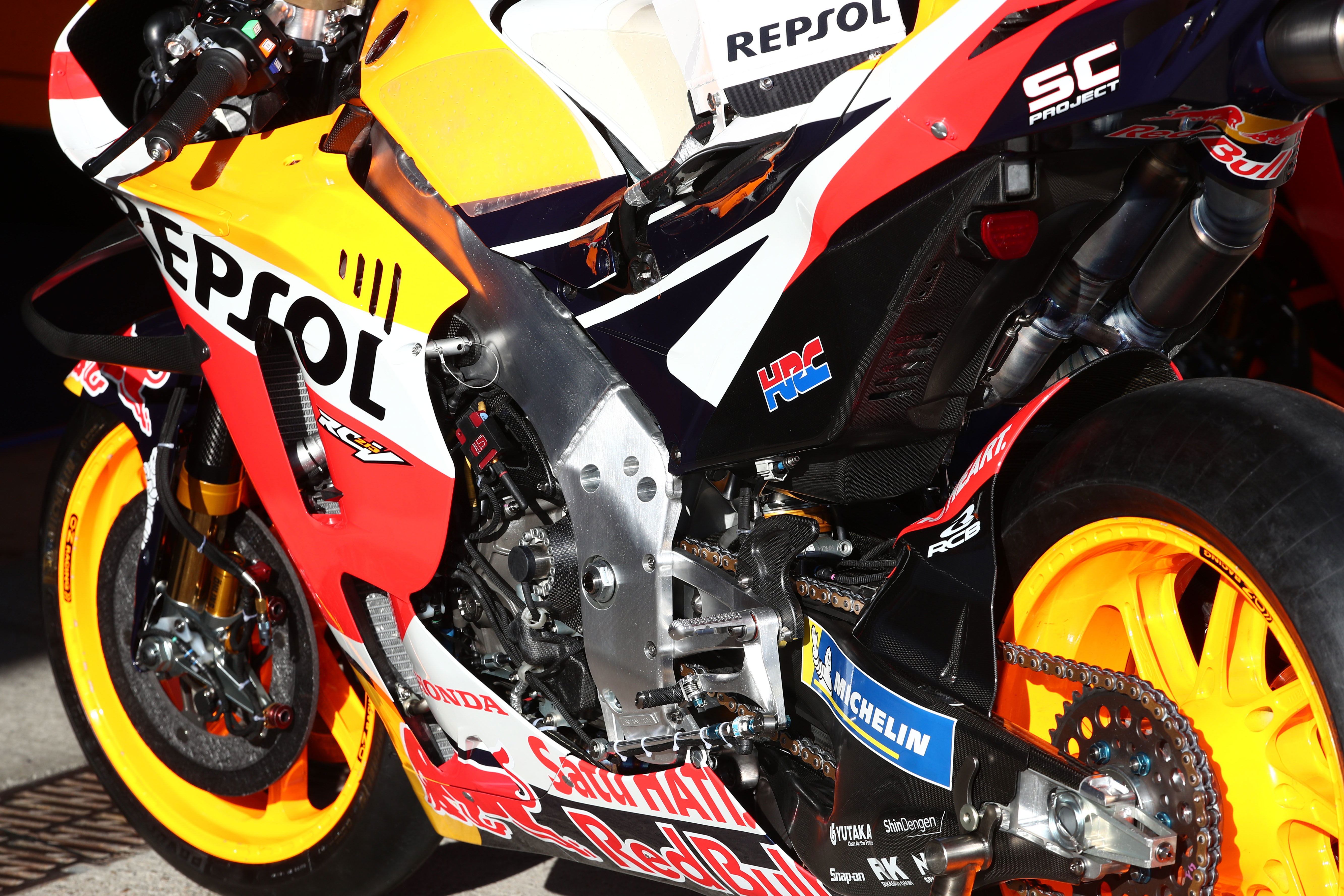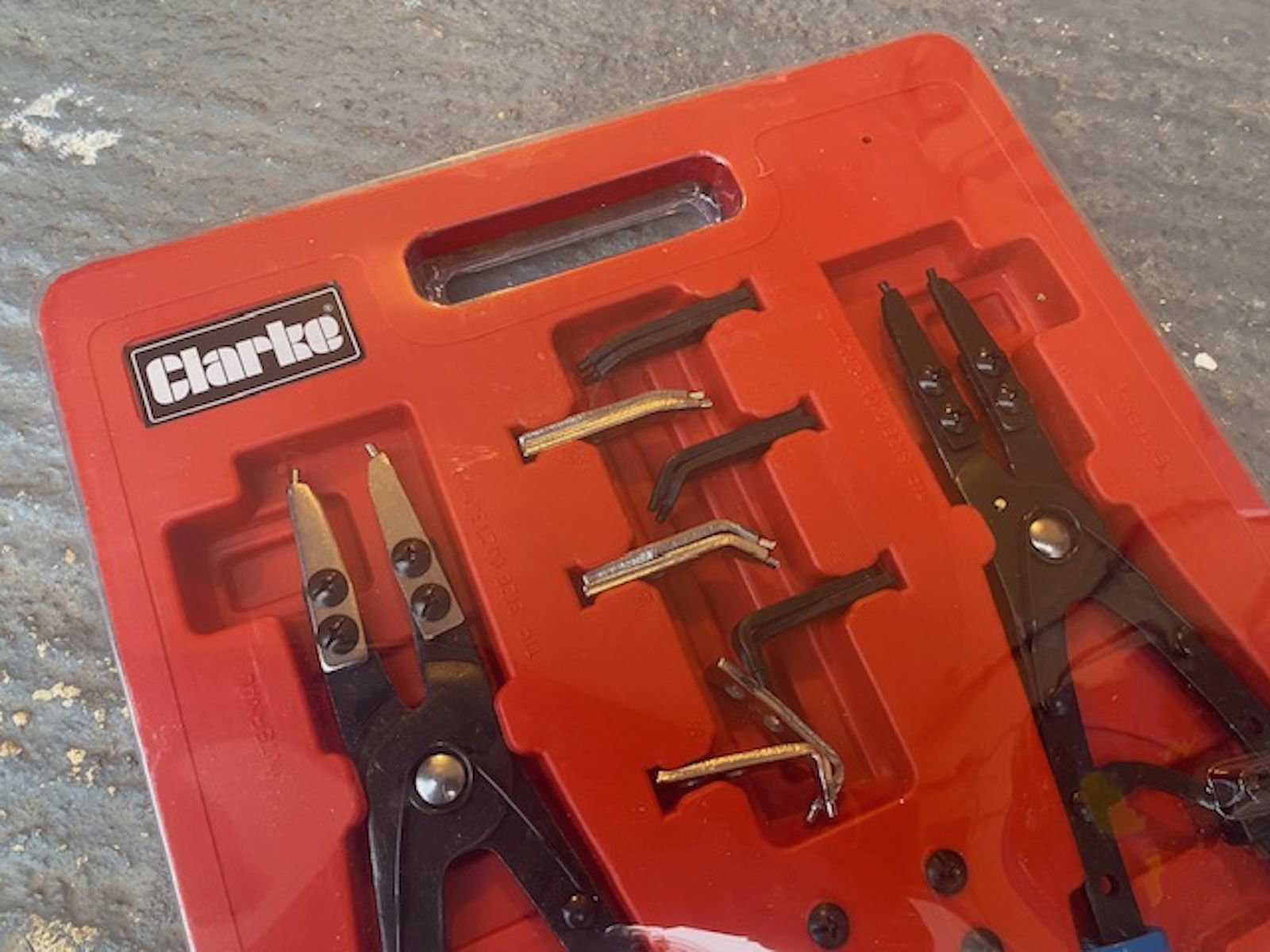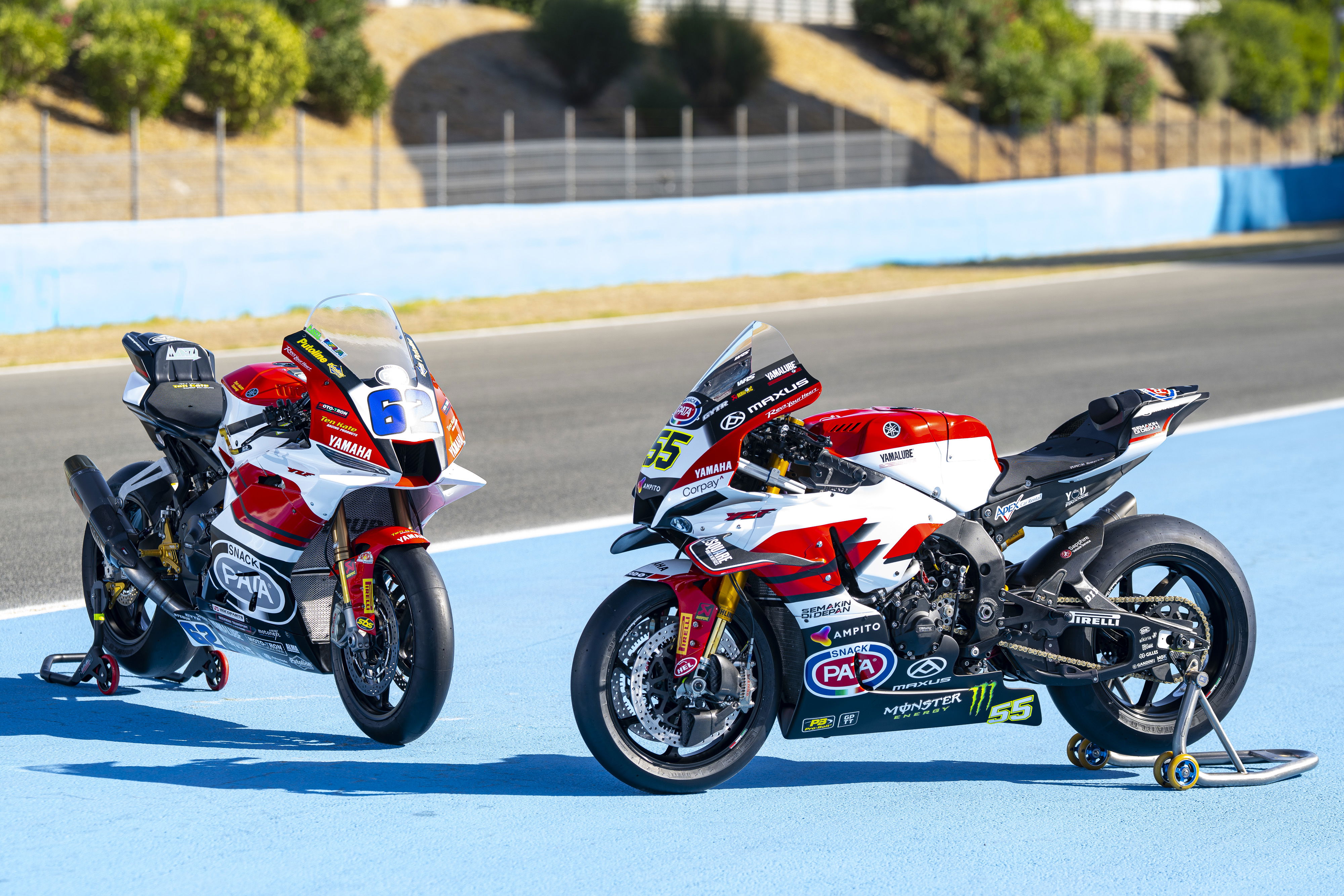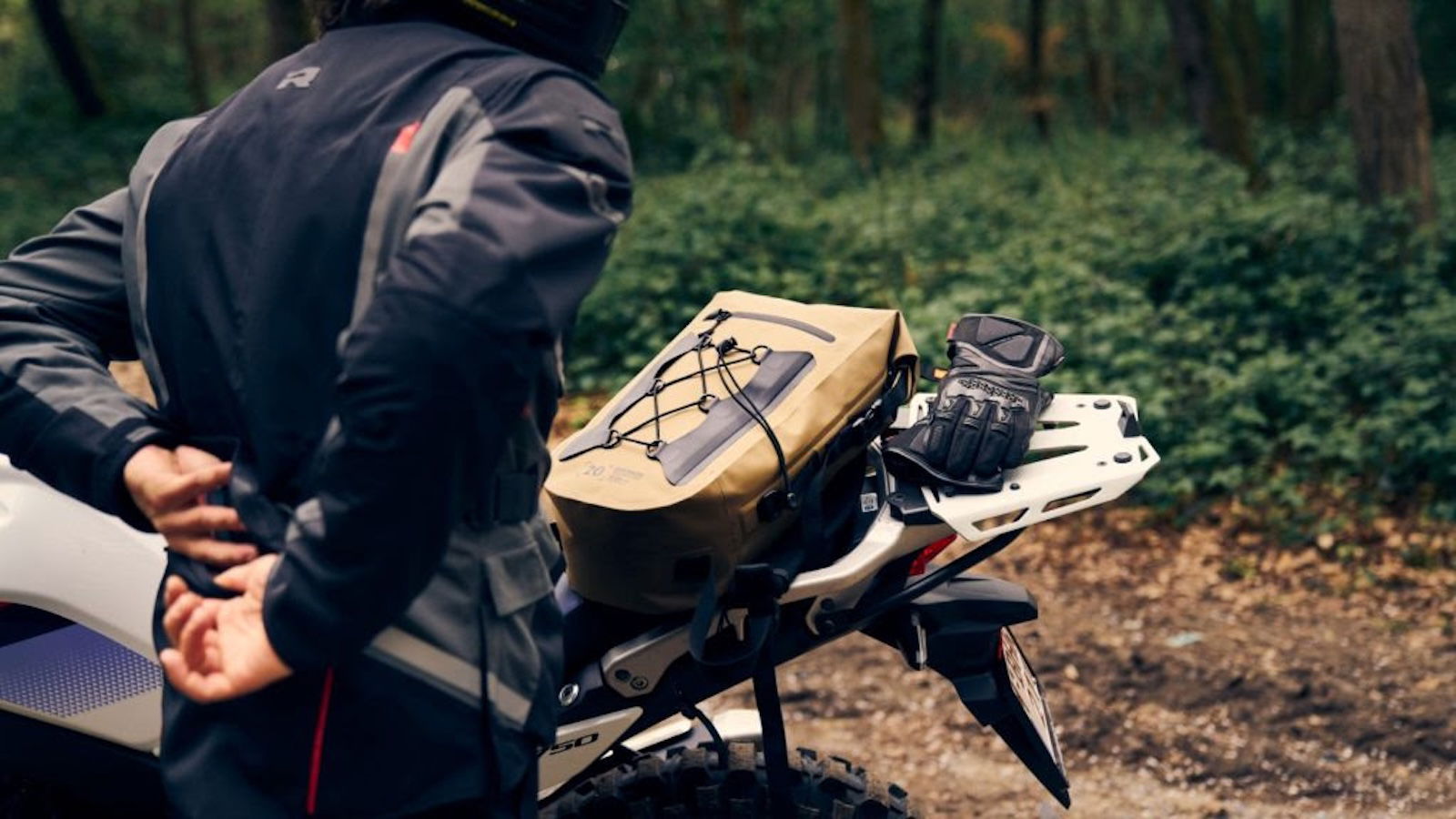How not to ride a trials bike
The dos and don’ts of basic trials technique. But mainly the don’ts

I LOST two things at the launch of the Montesa Cota 4RT260 trials bike: a £15 Casio digital watch and a degree of dignity.
I've had a tumultuous relationship with off-roading in the past. I feel like it's never really liked me.
Last year I entered the qualifying stage of the BMW GS Trophy Cup for an article, and made a convincing idiot of myself. Faced with trials-style exercises, I destroyed two G650GSs in as many minutes, like some kind of unstoppable whirlwind of incompetence, all in front of a crowd of spectators at the BMF Show. The BMF owes me; no one can claim the show wasn't entertaining that day.
Then, earlier this year, I spent a day riding a KTM 350 Freeride in some private woodland, and made what seemed an enormous leap forward. By the end, I was doing things I couldn't have imaged. Things like not fall off all the time. Climbing hills without getting stuck. Picking lines around other riders who’d come to a halt, instead of piling into them at full speed. For the first time my fear of off-roading had gone. I felt I was beginning to know what I was doing, and to really enjoy it. I thought: I want to do this every day.
So when I received an invitation to the launch of the Montesa Cota 4RT260, to ride the trials bike on a farm in Derby, I thought I'd give it a go. The invitation said novices were welcome. I wasn't completely reassured by that. BMW had said the same thing about the GS Trophy Cup qualifier, and that was as novice-friendly as a bullfight. But I'd heard trials was fun. The bike, developed in collaboration with Honda and the Repsol Montesa Honda Trials team, is a tech-fest of 259cc single-cylinder four-stroke beauty. When would I next get the chance to ride one?
Doubts started to form soon after I arrived at the farm. The track from the road passed one of the exercise areas, a colossal pile of four-foot high boulders. Ride over them? I had more chance of walking on the moon.
“Where’s the seat?” I asked a man from Montesa. A shadow of doubt crossed his face before he decided I was joking. In fact the practicalities of riding a bike with no seat were only now dawning on me. What would it be like pulling away while standing on the pegs. I didn't think I'd ever tried it before. Why would I? Standing up was one thing but motorcycling usually at least begins from a seated position. Would I immediately crash?
Then I realised some of the other people here could actually ride trials bikes. As well as journalists, Montesa and Honda had invited ‘influential members of the trials community to get the good word out' on the new model. In other words, proper trials riders, in brightly coloured Lycra and open-face helmets, while I was in my full-face and adventure kit. This could get embarrassing.
A demonstration of what the bike could do by Montesa development rider and former Scottish Six Day Trials winner Amos Bilbao, skilfully hopping onto those four-foot-high boulders, didn’t boost my confidence.
First we did a simple slalom marked out by flags. After trying and failing to make all the turns, I resorted to riding around the field. People were doing stand-up wheelies. I wasn't. Once or twice I caught myself about to sit down. After 25 years riding bikes with seats, you just assume there is one, I find.
I had a few more goes at the slalom, with mixed results, failing more than succeeding. The instructor, seasoned trials competitor Dan Thorpe, had said anyone struggling with the slalom should not try the next section in the woods. But when the group peeled off, I didn’t want to be left behind. We arrived at a short circuit over rocks and roots, with the odd sharp turn dictated by trees. I picked a line through the rocks. At least I tried to look like I was picking it. I came unstuck at a sharp left, with the front wheel against a tree. There was no pretending I’d picked this.
Getting the bike moving again in the wet mud involved paddling and pushing. This was hard work. The physical effort required seemed to be inversely proportionate to skill level. Before lunch, I was riding in a sweaty T-shirt, having shed my jacket. I’d also twice managed to get around that tight turn without a foot down. This was beginning to feel like progress.
I got back on the bike after lunch with more confidence. When a photographer asked me to ride over a log which had been intimidating me earlier, I didn’t hesitate. Not for long, anyway. The front bounced in the air after hitting it and the rear scrambled over. Despite capturing it, Montesa and Honda's photographer then insisted on setting up a shot, having me position the bike with its sump plate on the log, standing on the pegs as though riding. “Go on, let’s set one up, for me,” he said, so I reluctantly agreed. If you see a similar shot elsewhere in the motorcycle press, well, now you know.
It seemed like time to have a go at riding through a stream. I almost backed out when I saw it. Proper trials riders were crossing it, ploughing up what seemed an impossibly steep climb, going around a tree and descending. I wasn’t going to do that. Not in this lifetime.
Even riding along the stream looked hard. Entry was via what looked like a big step down onto a rock. I stopped on the approach, looked at it and began paddling backwards with my feet. “Come on, follow me in,” said another journalist, so I felt obliged to.
The front wheel hit the rock, bounced, and landed in the stream. I managed to keep my feet on the pegs as I picked a line upstream, ducking a tree branch on the way. A few yards farther up, the water moved more rapidly. The rider I was following stopped and put his feet down, so I had to as well, but then I made it up a short climb out of the stream without taking a dip. This time.
After a few goes I got through without putting a foot down. The front hit a rock, bounced up in the air and down on the other side, and I still kept both feet on the pegs. On the next go, I hit the rock again, only this time the forks compressed and I came to sudden halt, putting both feet in the water.
“If you put your weight further back, the front is less likely to nosedive,” Thorpe told me. “It was unimaginable you would get this far from seeing you at the start of the day, but you’ll get better if you move your weight further back.”
Flattered, I absorbed the advice. But when I hit the rock next time, with my arms extended and bum sticking out, I found myself overstretched as the front bounced up. I thought I was going to save it. Instead, in the effort to hold on to the bars, I opened the throttle. The bike shot over the rock and nearly went down on its side, but I caught it with my right foot in deep water. I still thought I was saving it but still had the throttle open. A schoolboy error I admit. I should have just let go. I lurched forward again, and this time did go down on the left, with all of me in the water. I got up quickly. Because the bike is so light, with such a low centre of gravity, it was easy to pick up. The engine was still running. The air intake, located above the cylinder head, seemed to have remained above the surface.
The bike was still ride-able despite a bent clutch lever. Bruised, sore, and a little embarrassed, I got straight back on and had another go, to find any technique had left me. After paddling through, I gave up on the stream and went back to the woods, where more talented riders were bouncing their airborne front wheels off tree trunks to change direction. I looked at my watch and saw my wrist, with a graze where the metal strap should have been. Time to retire.
Getting changed, I found a cut on my hip and bruises more or less everywhere else. After my last go at off-roading, on the KTM Freeride 350, I’d wanted to do it again tomorrow. I’m keen to have another go at trials, too. I'm not sure about tomorrow though. I think I'm busy.

